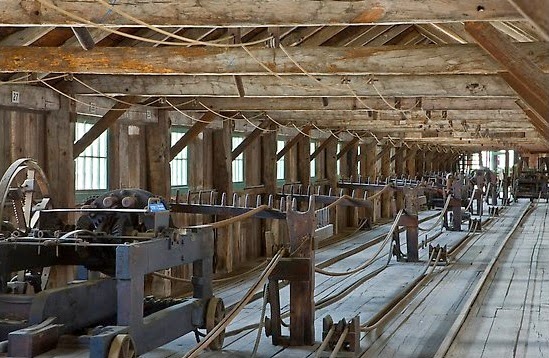Background
Bungee cord consists of an inner core made from one or more strands of elastic material such as rubber bound together by a braided synthetic outer. The most popular use for shock cord is for the securing of loads on the outside of vehicles such as luggage and equipment. However, other applications for bungee cords include for securing groundsheets, boat covers, tarpaulins, banners, marquees and market stalls. Specialist bungee cords are also used by the military, for applications such as shock absorption when dropping heavy loads by parachute. The development of heavy duty bungee cords for military use has opened the way for bungee cords to be used recreationally for extreme sports such as bungee jumping.
The word bungee is said to have come from the British slang word for Indian rubber, 'bungie' and there have been references to rubbers used for the erasing of pencil markings as 'India-Bungie'. It is also thought that the term may have originated from the British Indian word 'bangy' which refers to the colloquial term for a shoulder-yoke, similar to a milk maid's yolk, with the yoke resting on the shoulder with the load apportioned in equal weight at either end and hung by cords at the front and rear. In both cases, the idea of elastic material and load bearing cords both have a connection to the bungee cord of today.
Raw Materials
The elastic inner core of the shock cord is usually made from either natural or synthetic rubber. Natural rubber, also commonly referred to as latex rubber has all three properties that make it ideal for use as bungee cord. It has excellent extensibility (it can be extended), good resilience (it returns to its original shape after extension) and tensile strength (it can be extended under load without it being damaged). Synthetic rubbers are superior to natural rubber in that they have better resistance to the atmosphere and UV radiation but inferior in terms of resilience and tensile strength. Military specification bungee cords can be used using either or a mixture of both but not reclaimed rubber. Bungee cords for bungee jumping are commonly made from natural rubber. The cover for bungee cords is usually made from synthetic yarns such as nylon, polyester or polypropylene but some military spec cords are required to have a natural cotton outer.
Design
Standard commercial bungee cords are available in diameters of 3-12mm and military specification cord is commonly between 6 and 20mm. The general design of these cords is the same, with the differences being the number of strands to the core, the outer material and the colour. Cords used for bungee jumping are much thicker. Specialist applications may require custom made bungee cords. For example, one light truck manufacturer decided to demonstrate the strength of the product's frame by sending the vehicle bungee jumping off a bridge in a commercial. This stunt required nine specially designed bungee cords, each five inches in diameter.
The Manufacturing Process
Most commercial bungee cord is made by the process described below, however several bungee jumping cord manufacturers make cords specific to their own designs. In
general this process is a proprietary one which is kept secret
Rubber Ribbon Extrusion
The natural or synthetic rubber is extruded to form long ribbons up to 30m in length. The is is done using an extruder, which is a large heated cylinder into which the raw rubber is placed. One end of the cylinder then moves up under pressure and forces the heated rubber out through a small gap at the other end called a die. The shape of the die therefore determines the shape and size of the ribbon cross section. The rubber ribbons are then left to cool and solidify before being wound onto coils and transported to the bungee cord manufacturers.
Rubber Ribbon Preparation
The
diameter of shock cord and the overall tensile strength rating is determined by the size and number of ribbons, or strands of rubber in the core and their diameter. When multiple rubber strands are required they are partially unwound from their
coils and are coated with finely powdered talc or soaps to to ensure the individual strands do not begin to stick to each other in
hot conditions, avoiding any complications. This process continues as the strands are wound off the
coils and fed through a braiding machine similar to the ones below.
Cover Braiding
When multiple strands are used the individual loose strands of rubber are drawn together and are pressed into a bundle by a roller as they enter the braider. At the opposite end a
take-up reel winds up the strands and pulls them through the machine. The rubber strands
are placed under tension and slightly stretched while they pass through
the machine by adjusting the
pressure and speed of the input and output devices. This means the diameter of the bundle of rubber is reduced slightly meaning the fabric will form a tight cover when the rubber relaxes.
Packaging
When the bungee cord has been produced on the braider it usually collects in a large bin behind the machine. Once the bin is full the bungee cord is then taken to a reeling or coiling machine where it is transferred on to large drums or reels before being packed in cardboard cartons ready for transportation. During this process the bungee cord is checked for any defects or imperfections and any reject cord is filtered out. Some bungee cord manufacturers may add fittings in house to make bungee cord assemblies but this is often left to a separate assembly manufacturer.







